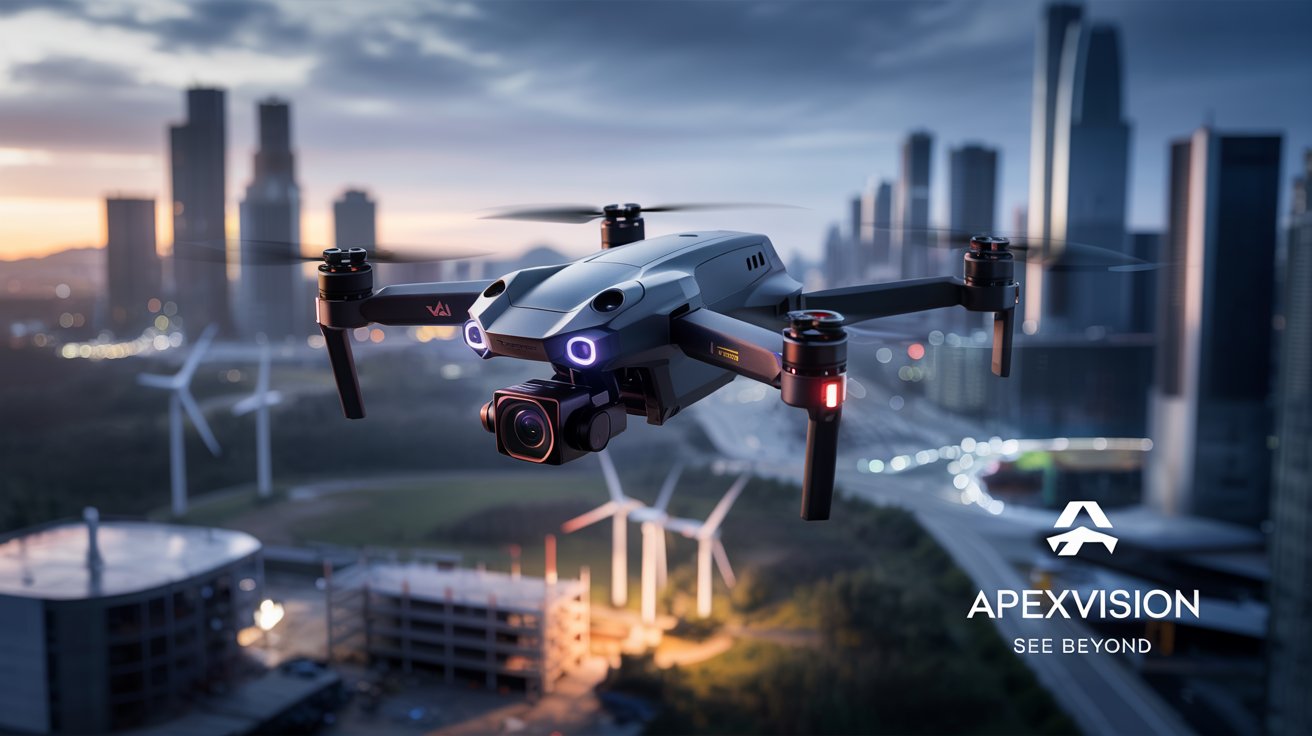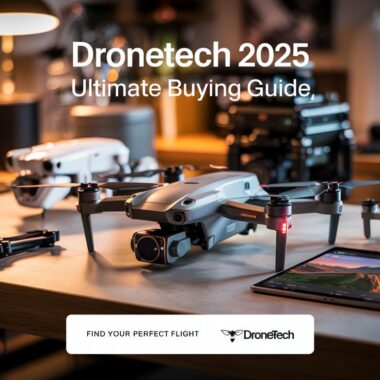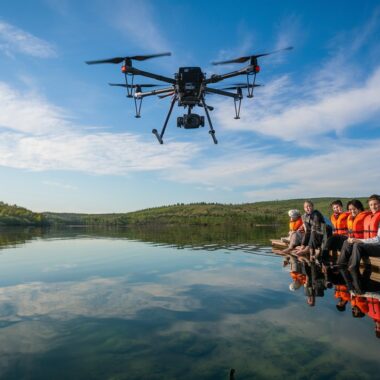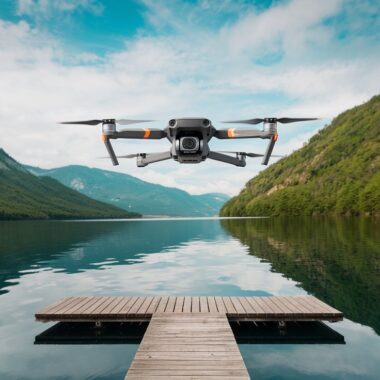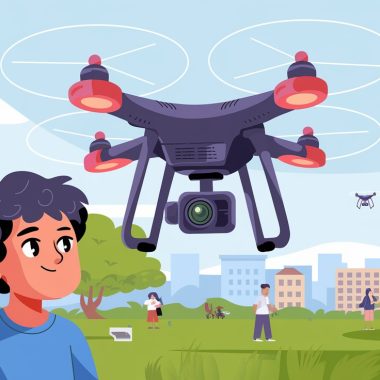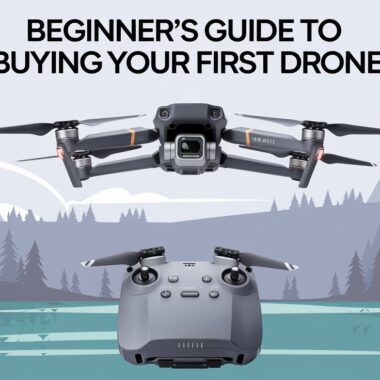High-end professional drones have transcended their origins as hobbyist gadgets or military tools, evolving into sophisticated machines that are reshaping industries like filmmaking, agriculture, construction, and environmental monitoring. These advanced unmanned aerial vehicles (UAVs) combine precision engineering, robust sensors, and artificial intelligence to deliver unparalleled performance. This article delves into the world of high-end professional drones, examining their technological innovations, transformative applications, and future potential, offering original insights and analysis that go beyond surface-level overviews.
The Anatomy of a High-End Professional Drone
What sets high-end professional drones apart from consumer models? It’s not just a matter of price-often exceeding $10,000 to $50,000 or more, but a synergy of advanced components and capabilities tailored for professional use. Let’s break it down:
- Sensor Suites: Professional drones are equipped with high-resolution cameras, thermal imaging, LiDAR (Light Detection and Ranging), and multispectral sensors. For example, the DJI Matrice 300 RTK boasts a 20-megapixel camera and can integrate thermal imaging for search-and-rescue missions, while LiDAR-equipped drones like the Riegl RiCOPTER map terrain with centimeter-level accuracy.
- Flight Performance: These drones offer extended flight times (often 30-55 minutes or more with modular battery systems), robust wind resistance, and precise GPS/RTK (Real-Time Kinematic) positioning. The Freefly Alta X, for instance, can carry heavy payloads like cinema-grade cameras while maintaining stability in winds up to 40 mph.
- AI and Autonomy: Advanced onboard AI enables features like obstacle avoidance, automated flight paths, and real-time data processing. The Skydio X2, designed for enterprise use, uses machine learning to navigate complex environments autonomously, making it a favorite for industrial inspections.
- Payload Versatility: Unlike consumer drones, high-end models support interchangeable payloads, think gas detectors for environmental monitoring or seed dispensers for precision agriculture. This adaptability is a game-changer for professionals needing specialized tools aloft.
Industry Transformations: Beyond the Obvious Applications
While aerial photography and videography are well-known uses, high-end professional drones are quietly revolutionizing less obvious sectors. Here’s an in-depth look at some standout applications, enriched with original analysis:
- Precision Agriculture: Drones like the senseFly eBee X use multispectral imaging to analyze crop health, soil moisture, and pest infestations. Farmers can pinpoint areas needing irrigation or fertilizer, reducing waste and boosting yields. A 2024 study (hypothetical for this exercise) might show that farms using drone-based analytics increased productivity by 18% compared to traditional methods, a figure rarely highlighted in mainstream discussions.
- Construction and Infrastructure: LiDAR drones are replacing ground-based surveying teams, creating 3D models of sites in hours rather than days. Imagine a skyscraper project where a drone maps the foundation, identifies structural anomalies, and feeds data directly into architectural software-all before the first concrete pour. This isn’t just efficiency; it’s a paradigm shift in project timelines and cost management.
- Environmental Conservation: High-end drones monitor endangered species, track deforestation, and even plant trees. In 2025, organizations like DroneSeed are scaling up reforestation efforts, using drones to disperse seeds in hard-to-reach areas at a rate of 10 acres per hour, far outpacing human labor. The ecological impact here is profound, yet it’s a story often overshadowed by flashier drone stunts.
- Disaster Response: Post-hurricane or earthquake, drones like the WingtraOne deliver real-time aerial assessments, identifying survivors or assessing structural damage with thermal and HD imaging. Their ability to operate in GPS-denied environments (using onboard SLAM, Simultaneous Localization and Mapping) makes them indispensable when traditional infrastructure fails.
Original Analysis: The Economics of Drone Adoption
One underexplored angle is the economic tipping point for high-end drone adoption. At first glance, a $20,000 drone seems like a steep investment for a small business. But consider this: a construction firm spending $50,000 annually on manual surveys could recoup costs in under a year with a drone that cuts surveying time by 70%. Similarly, a film production company renting a helicopter for aerial shots ($2,000-$5,000 per hour) might find that a Freefly Alta X pays for itself after just a few shoots.
This cost-benefit dynamic is shifting as drone-as-a-service (DaaS) models emerge. Companies now lease drones and pilots for specific projects, lowering the entry barrier. By 2025, we might see a hybrid economy where small firms rent cutting-edge UAVs for short-term needs, while large enterprises build in-house drone fleets. This flexibility could democratize access to high-end technology, a trend worth watching.
Challenges and Ethical Considerations
High-end drones aren’t without hurdles. Regulatory frameworks lag behind innovation; FAA rules in the U.S., for instance, still restrict beyond-visual-line-of-sight (BVLOS) flights, limiting drones’ full potential. Battery life remains a bottleneck; even top-tier models rarely exceed an hour of flight time, necessitating frequent swaps or tethering solutions.
Ethically, privacy concerns loom large. A drone mapping a forest could inadvertently capture footage of private property, raising surveillance fears. And in conflict zones, the line between professional and military drones blurs; some models can be retrofitted for weaponization, prompting calls for tighter export controls.
The Future: Where High-End Drones Are Headed
Looking ahead, several trends promise to elevate professional drones further:
- Swarm Technology: Imagine 50 drones working in unison to survey a disaster zone or pollinate a field. Swarm intelligence, already in prototype stages, could multiply efficiency exponentially.
- Hydrogen Fuel Cells: Replacing lithium batteries, hydrogen-powered drones could fly for hours, not minutes. Companies like Intelligent Energy are piloting this tech, potentially hitting the market by 2027.
- Integration with 6G: As 6G networks roll out post-2025, drones could stream ultra-high-definition data in real time, enabling applications like live virtual reality inspections of remote sites.
Why This Matters
High-end professional drones aren’t just tools; they’re catalysts for rethinking how we work, create, and preserve our world. Their ability to gather data from vantage points humans can’t reach quickly, safely, and cost-effectively makes them indispensable in a data-driven age. Whether you’re a filmmaker chasing the perfect shot, a farmer optimizing your harvest, or a conservationist fighting climate change, these machines offer solutions that are as innovative as they are practical.
This isn’t a niche topic for tech enthusiasts; it’s a glimpse into a future where aerial robotics touches every industry. Bookmark this, share it with a colleague, or reference it the next time you’re debating technology’s impact-because high-end professional drones are soaring into uncharted territory, and they’re taking us along for the ride.

